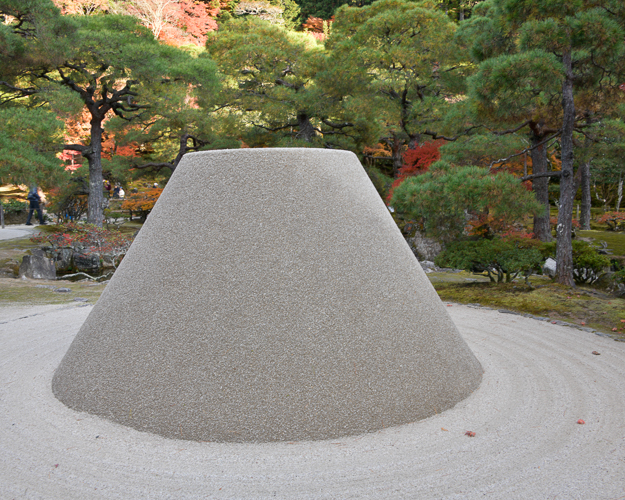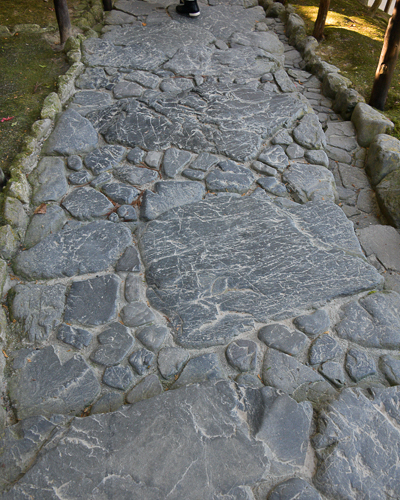December 2023
I love the uniqueness of Japanese fences. Japanese-style fences, or “Sukiya-zukuri,” are rooted in traditional Japanese architecture—their origins date to the 16th century, when they were used to create boundaries and provide privacy. Over time, Japanese-style fences have become an essential element in Japanese landscape design.

The fences above and below are called the yotsume-gaki, literally meaning “four-eyed fence,” likely in reference to the four spaces formed in each vertical row by the crossing bamboo canes (although variations of the yotsume-gaki exist in which there are fewer “eyes” in each vertical row).
Of course, like most wood products, there are no historic fences to date this type of construction. However, if one digs into Japanese art, one will find depictions of the yotsume-gaki back to the Heian Period (794-1185). Around the Momoyama Period (1573-1615), these fences became part of the gardens surrounding the tea houses and tea ceremonies. This type of fencing is probably the most common found in Japan today.

*

This is a Kōetsuji fence (gaki) A bamboo fence whose original is at Kōetsuji temple in Kyoto. It is made with a lattice of woven bamboo, and has a long tamabuchi (bamboo) coping which curves gently and touches the ground on one side.

While not as elegant as the curved ones, I spotted this in Nijo-jo Castle.

Koetsu-gaki without the tamabuchi curve.

A teppo gaki (rifle fence) is made of round bamboo stalks, or bundles of branches of bush clover or thin bamboo, as vertical members, resembling barrels of rifles (teppō), hence its name.

* *
*

These are some of my favorite fences, but I will admit the placement of this particular one is rather odd. These are called Sode Gaki, which is a general term for a short fence projecting from a building near the veranda of its tearoom or shoin. It is used as a screen, as a partition, or as part of the garden scenery. This particular one is a Korean-style screen fence or Kōrai gaki.
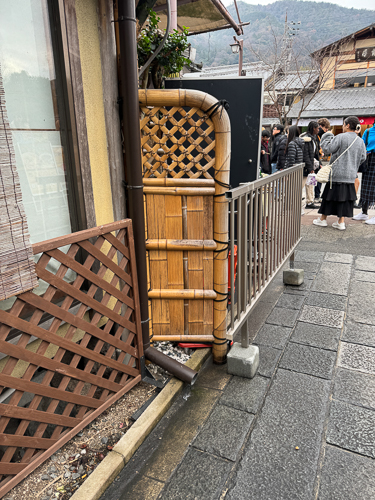
Another oddly placed Korai gaki.
 *
*

Lining the walks of the Bamboo forest is this shiba gaki or Brushwood Fence. Using undergrowth, twigs, and small branches as tateko (the vertical member) to make fences, shiba gaki were probably one of the earliest fence types constructed in Japan.

Another shiba gaki at the Hamarikyu Garden in Tokyo

A fence in Hama-rikyu Garden

I do not know if this is a typical bamboo fence, but it is perfect to keep anyone or anything from getting to the tree it is protecting.

Kenninji gaki
This bamboo fence is named after one at Kenninji temple in Kyoto. This fence uses closely placed slats of quarter-split bamboo as vertical members, held in place with horizontal bamboo bars and tied with the hemp palm rope. A coping called tamabuchi is attached to the top.

Komayose
These low wooden fences, called Komayose, served as a border between private land and the road. Because “Koma” means “horse,” one possible explanation for this structure is that it was used to tie the leads of horses and cows, while another speculation states that it was a piece of equipment to protect houses from horses and cows breaking in.

Inu Yari Fencing
When I first came upon this type of fencing, I thought it was a modern way to keep people from parking on your porch, but I was wrong. Inu yarai are used for keeping dogs from peeing on the exterior wall. It is also said to be used to keep away eavesdroppers on rainy days.
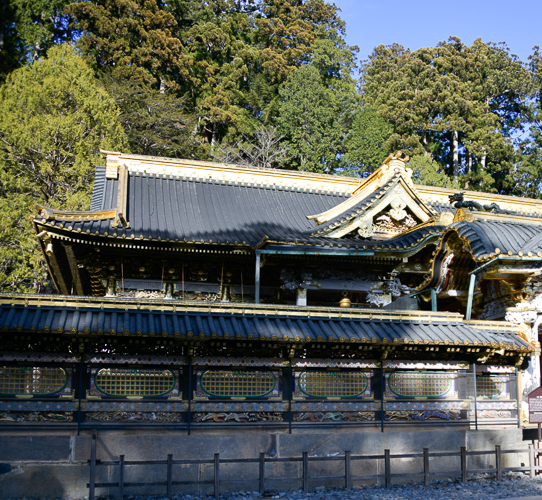
A tamagaki encloses the shrine’s innermost sanctum, setting it off from the outside world and marking a border between the sacred and the profane. Some shrines feature more than one tamagaki, which in its earliest form was a living hedge surrounded by a brushwood fence.

These types of gates are so ubiquitous that they are sold as “black bamboo gates” and can be found anywhere in the world.
These are just a few of the hundreds of types of artistic fencing in Japan. This is what I was able to see and photograph as the art is sadly dying out.
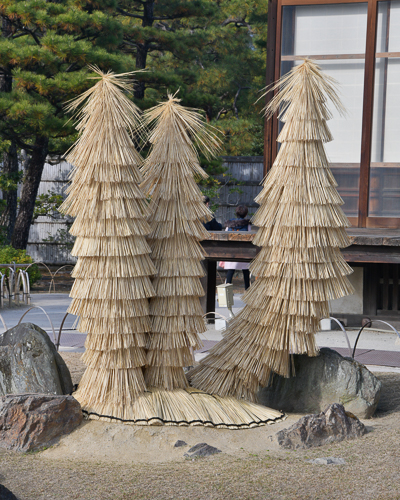














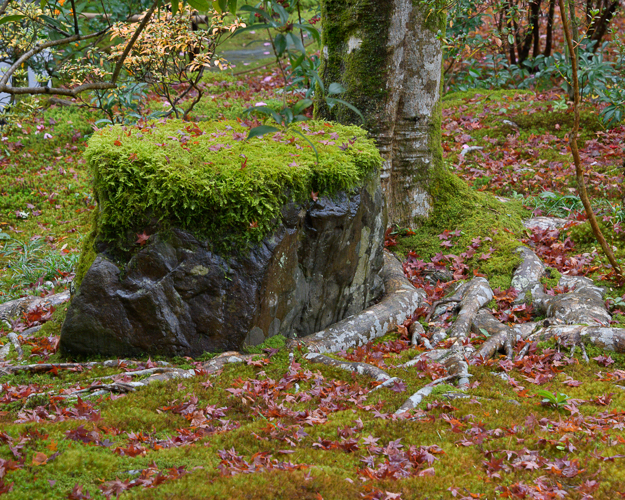





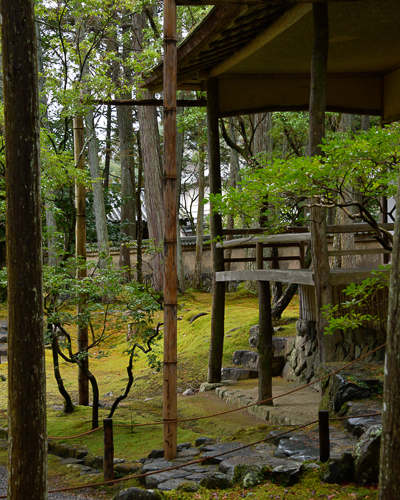

 *
*
 *
* *
* *
* *
*


 *
*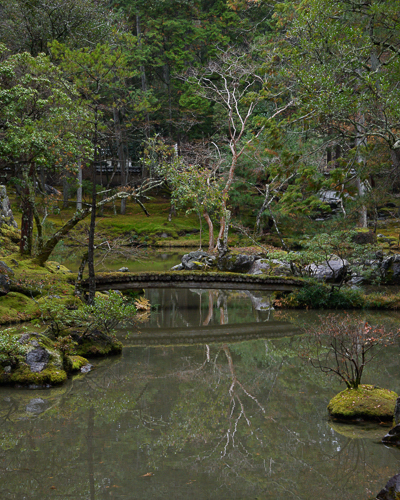
 *
* *
*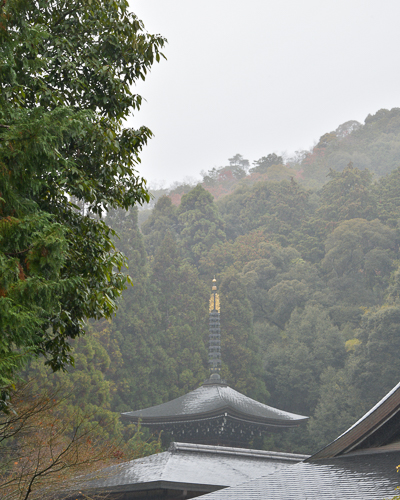








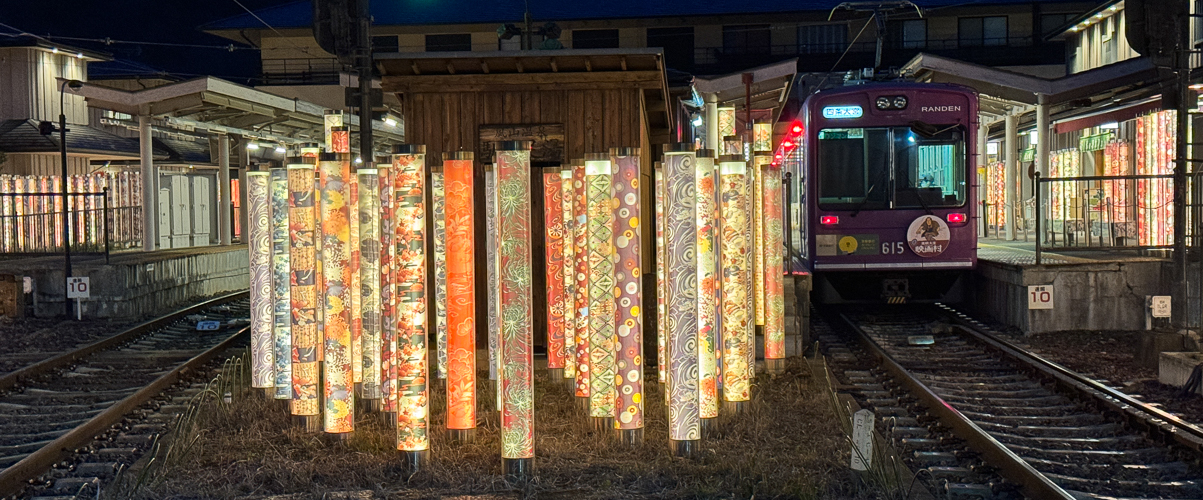









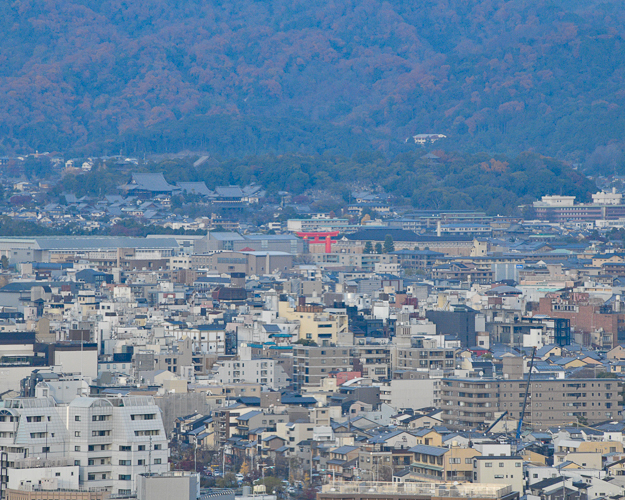

















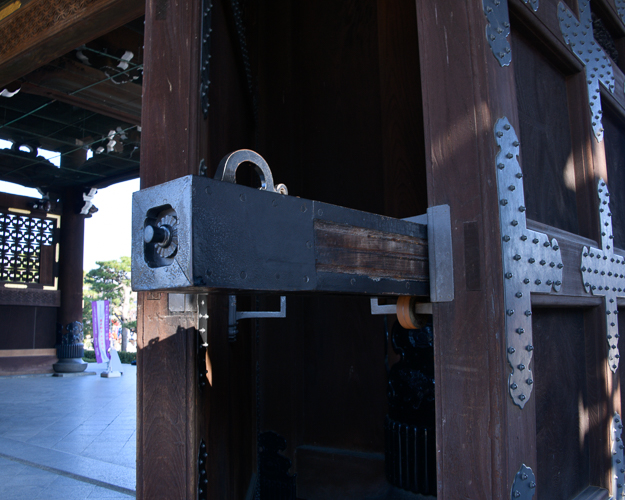



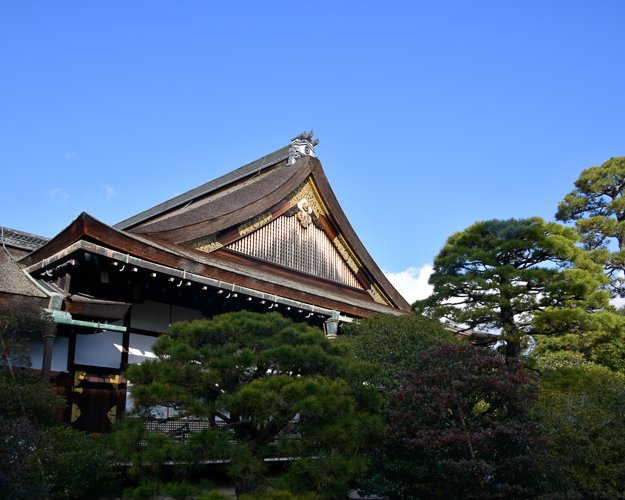

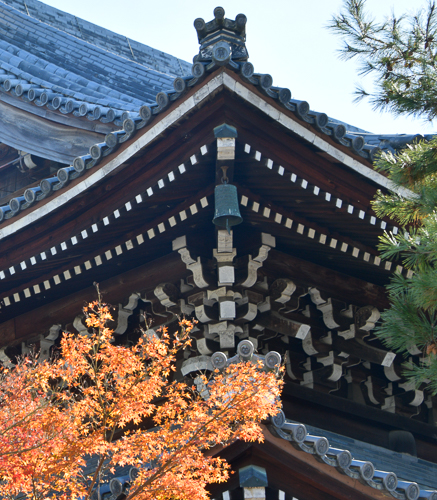






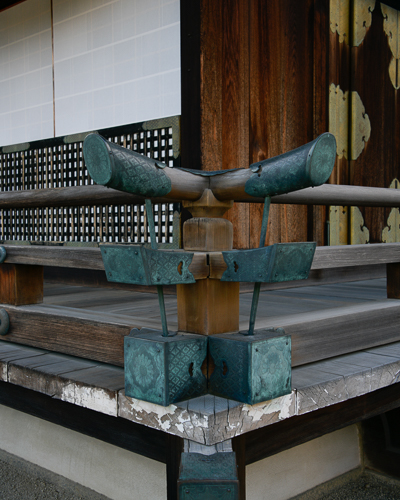









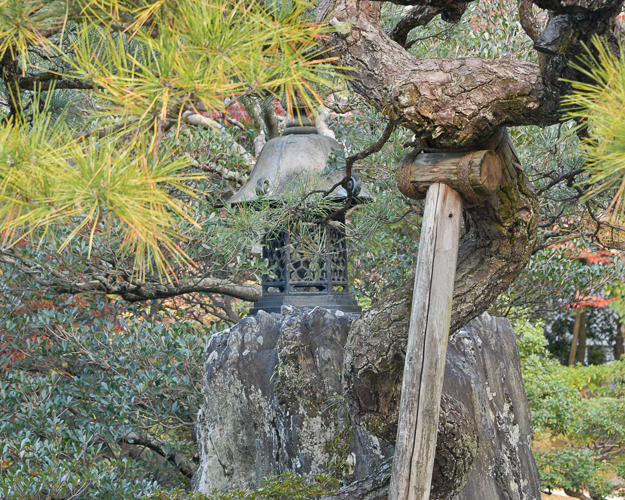













 *
* *
* *
*









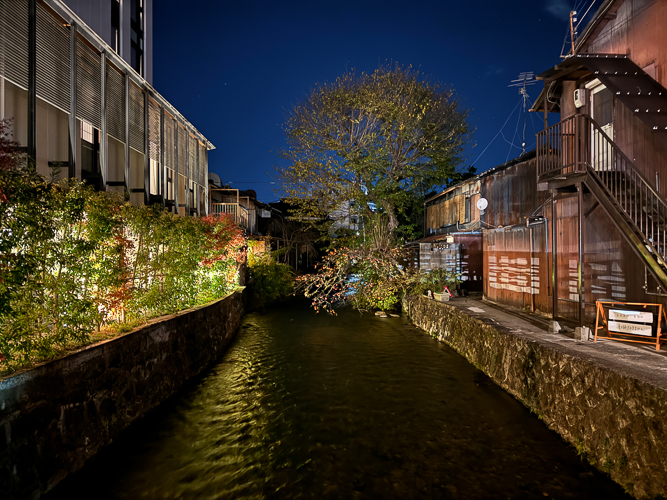



 The Koyasu is an impressive three-story pagoda complete with a spire, which was designed to house sacred texts and relics. Built between 1607 and 1633 CE, it is an excellent example of Momoyama architecture.
The Koyasu is an impressive three-story pagoda complete with a spire, which was designed to house sacred texts and relics. Built between 1607 and 1633 CE, it is an excellent example of Momoyama architecture.





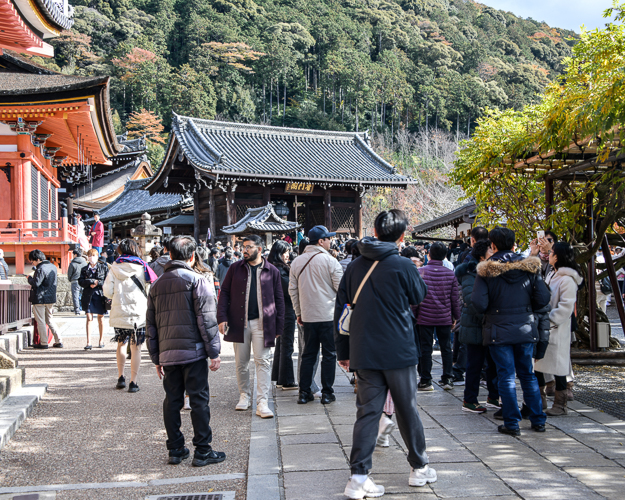
 Kyoto was on the verge of bankruptcy due to covid, as they rely solely on tourism, so this influx is making it profitable for the local businesses, but it is truly turning some parts of Kyoto into a vast phony environment of costumes and tourist traps. Something many Japanese businesses most likely feel isn’t worth the extra profit.
Kyoto was on the verge of bankruptcy due to covid, as they rely solely on tourism, so this influx is making it profitable for the local businesses, but it is truly turning some parts of Kyoto into a vast phony environment of costumes and tourist traps. Something many Japanese businesses most likely feel isn’t worth the extra profit.
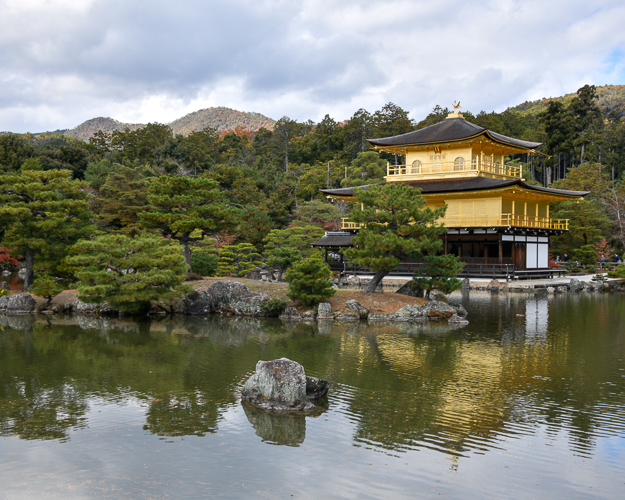







 *
* *
*







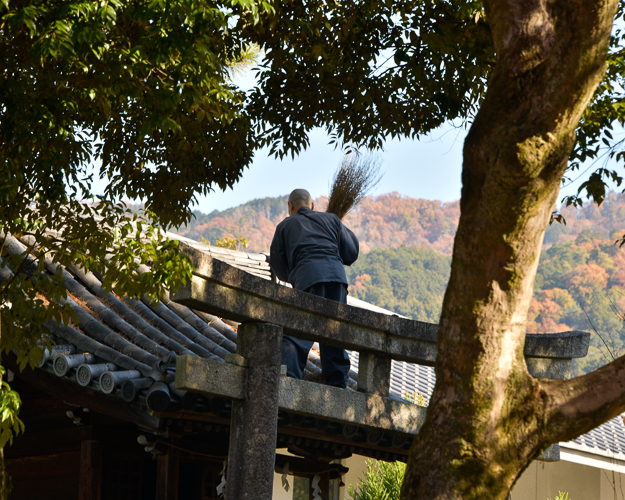



 *
* *
*


 *
*






